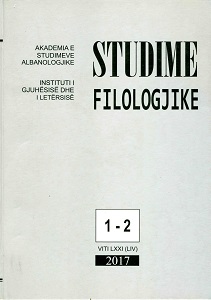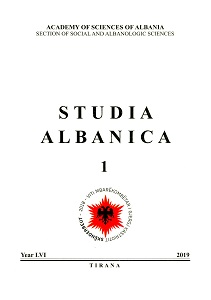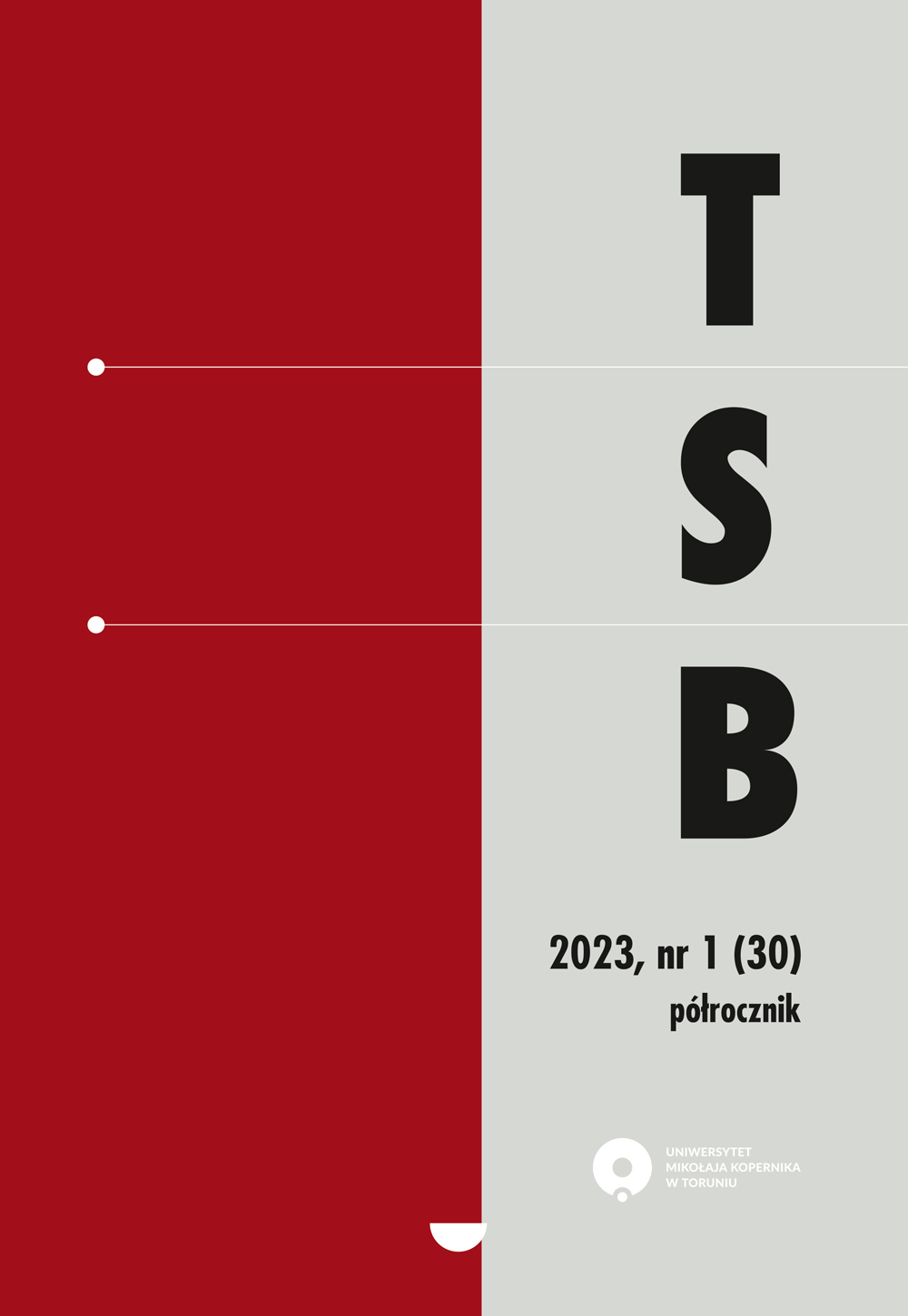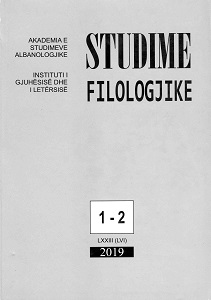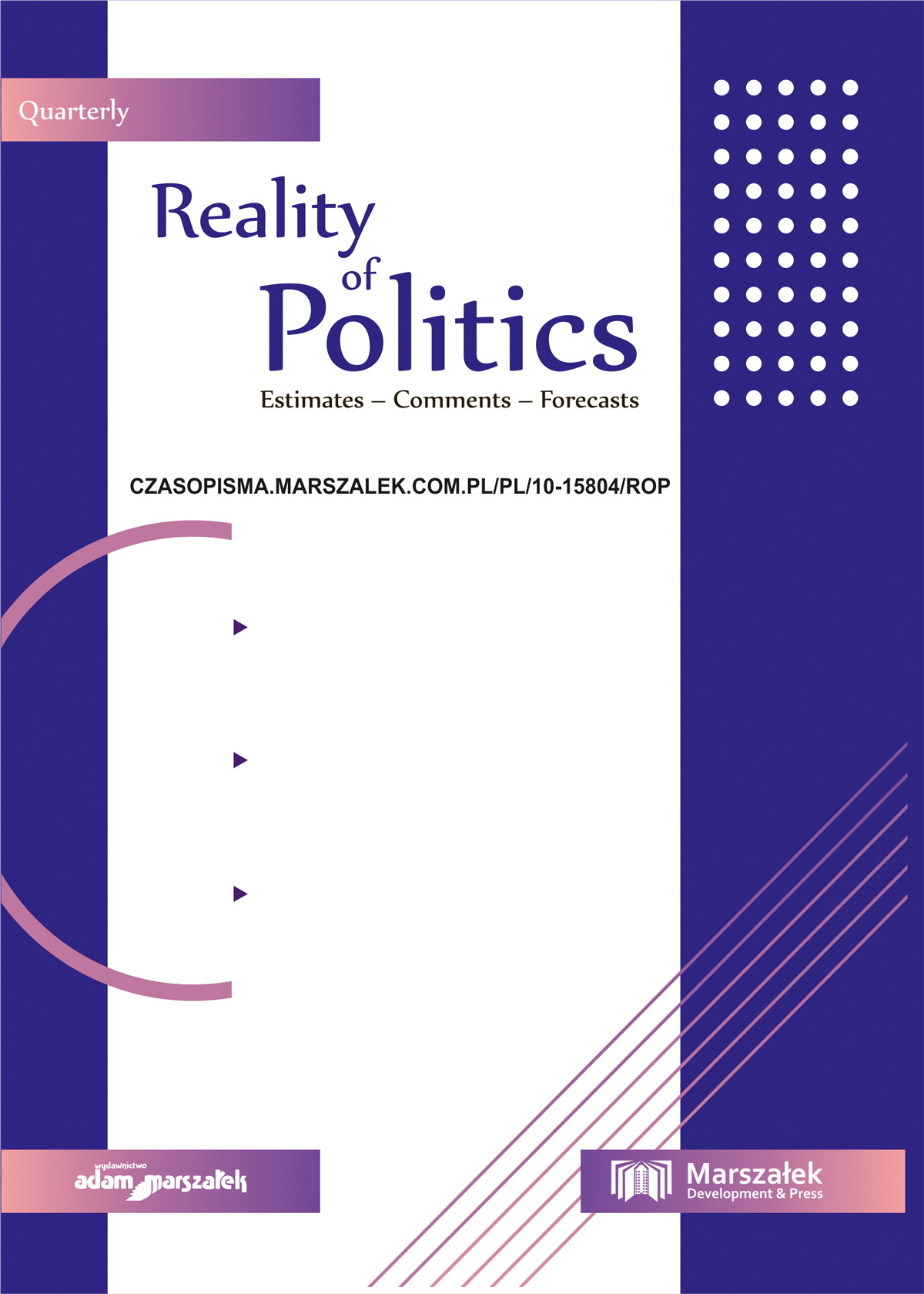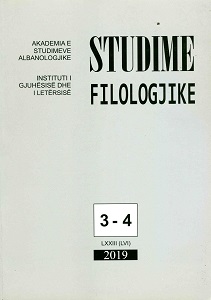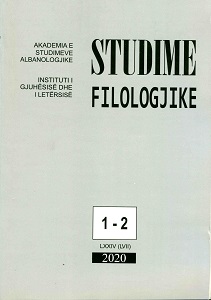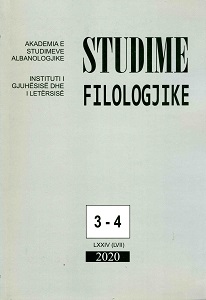Author(s): Ruzhdi Stringa / Language(s): Albanian
Issue: 03-04/2018
From the sociolinguistic point of view, both the language of literature and the language of administration have a high position that are used by the elite of society, and consequently have a lot of prestige. They become models of use by other segments of society, and in this way educate users linguistically. And exactly this could be the reading for studies, where scientific interests can be of the most varied. My interest goes towards observing the lexicon used in both contexts. Since the lexicon itself can be viewed from many angles, each of its observers starts from the subject with which it works daily, and because I currently do academic life at an University of China, the lexicon of sememes, roots, keywords: China, Chinese language, Chinese persons, as well as the lexicon with Chinese content has become, for nearly two decades, a daily look of mine becoming a priority, which, however, is related to the Albanian language. It must be said that the study select the Albanian lexicon related to my work as a teacher of the Albanian language with Chinese students of all three high levels of education. In these conditions, the observation of such a lexicon has seemed valuable to me, both for Albanians, who conceive a concept or image predetermined by this lexicon, as well as for the Chinese, whose curiosity about the Albanian language would increase more when it is a lexicon related to their country. Due to distinct features, the analysis of this lexicon in the language of literature of special Albanian authors and the same lexicon in the formal language of the Albanian media, has been done separately and this article deals with the first. The literary layer of the Albanian lexicon with Chinese subjects and content is observed mainly in two well-known authors who have in their work the Chinese theme, Ismail Kadare with the novel “Concert at the end of winter” (1988) and Fatos Kongoli with the novel “The Ivory Dragon” (1999), but also in others. Meanwhile, as above mention, the formal layer of this type of lexicon is seen separately due to its peculiarities and will be the subject of another article. The language of literature is supplied from “below” using the basic fund, as well as from “the side” by taking and using words from foreign languages, but also from “above”, where the creative fantasy of authors creates neologisms; whereas the formal language unifies forms and meanings, regulates and normalizes them, selects neologisms and borrows, and excludes the confusable forms created by foreign words. Observing the factual material related to the language and place of China in the two novels mentioned, and beyond, we distinguish words of Chinese origin or phonetic loans (kinisms) and Albanian words or expressions with Chinese content or loan translations i.e. caiques from Chinese. Albanian phonetic loans (kinisms) of Chinese words (e.g. qipao), show the need of Albanian language for the most accurate reflection of a Chinese environment, while the loan translations (caiques) from Chinese (e.g. Muri i Madh) show the author’s desire for local, temporal and cultural contextualization of semantics of Chinese structural models. These loan translations range from Chinese poetry, political quotes, and simple and compound local names. Translated into Albanian caiques are more numerous than kinisms and both of them are related to different spheres of social life.
More...
